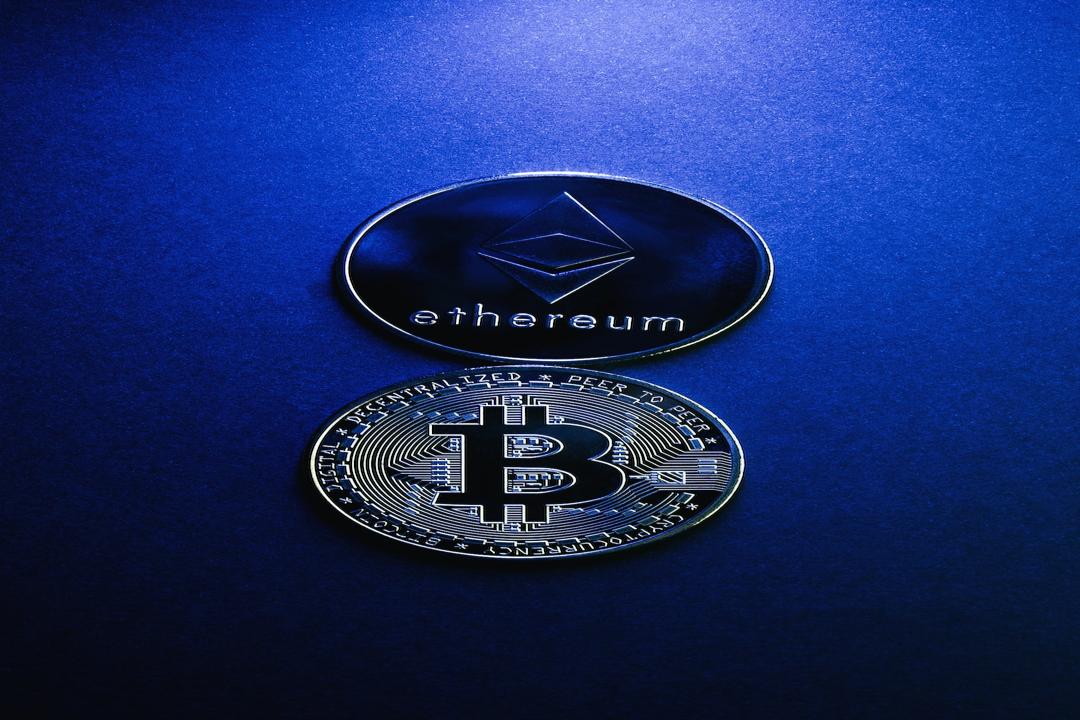What is Vitalik’s favorite decentralized social protocol? Introduction to Farcaster product experience.
Decentralized social protocol Farcaster recently registered over 150,000 users and has become a platform for Ethereum founder Vitalik to post daily life updates. What makes the Farcaster protocol unique? What challenges will it face in the future? This article provides a simple analysis from a product experience perspective.
Table of Contents
Toggle
Introduction to Farcaster
Interface and Design of Warcaster
Accounts
Posts
Tipping
Architecture and Process of Farcaster
On-chain and Off-chain Hybrid Architecture
Farcaster Hubs
Product Strategy of Farcaster
Slow Growth of Decentralized Social Protocols
Farcaster is a decentralized social network built on the Ethereum blockchain, allowing users to interact through various front-end interfaces. Warcaster is the official front-end interface operated by the team and is the first mobile app with more comprehensive features.
However, to experience Warcaster, users currently need to pay an annual fee. The current annual fee is $5, which serves as a fuel cost for on-chain transactions and helps reduce fake accounts.




Before using the Farcaster protocol, users need to create a key pair and on-chain address, as well as establish a Farcaster ID and username to access the service. Farcaster accounts are created through the IdGateway contract, which assigns a new Farcaster ID to the user’s on-chain address.
Although users need to record and secure their private keys when creating an account, if a user loses their private key, they can still recover the account through their email on the Warcaster server.
Similar to Twitter and BlueSky, Warcaster consists of limited-character posts (casts) and offers features such as commenting, reposting, and liking.
In addition to regular posts, users can publish posts in specific channels to reach targeted users within those channels, and users can also filter content through channels.


Farcaster offers channel categorization for posts (highlighted in red)
Furthermore, the Farcaster protocol introduces a unique new feature called Frame, which has gained popularity among the crypto community.
Frame provides users with more diverse post formats and supports various interactive designs. In addition to basic features such as voting and video sharing, Frame enables token airdrops, NFT minting, and in-app shopping.


Users can open a card pack within the application using Frame
Within the Warcaster application, users can create channels or tip using the in-app token called Warps. The purchase of Warps is facilitated through an email link that redirects users to Coinbase Commerce for cryptocurrency purchases.


Email purchase link for Warps
The underlying architecture of Warcaster is the Farcaster protocol, which is a hybrid on-chain and off-chain architecture. User identities are stored on-chain, while user post content and other data are stored off-chain.
Recommended reading:
Not Just Blockchain: How Stateless Infrastructure Brings Efficient Decentralized Networks
When performance and cost are more important, or when strict consistency is not required, Farcaster usually stores information off-chain. However, off-chain systems still ensure security through user signatures.
On-chain execution is only used when security is crucial, such as for user accounts and usernames, which are recorded on-chain. Farcaster’s account logic is currently built on the Optimism mainnet, and Frame’s on-chain operations can also interact with the Ethereum network.


Product architecture of the Farcaster protocol
(Source)
On-chain servers are essentially blockchain nodes, while off-chain operations are handled by Farcaster Hubs, which are also decentralized infrastructure. Each Hub stores a copy of all Farcaster data, and external parties can access this data through APIs.
With the above architecture, the lifecycle of uploading a post on the Farcaster protocol is as follows:
1. Alice creates a new post.
2. Alice signs the message with her account key.
3. Alice uploads the message to a Farcaster Hub.
4. The Farcaster Hub checks for validity.
5. The Farcaster Hub transmits the information to other Hubs through the gossip protocol.


Message processing flow of Farcaster Hub
(Source)
Anyone can run a Hub on a laptop or cloud server, but the Farcaster team does not provide incentives for Hub operators and has no plans to do so. Although Warpcast currently offers minimal rewards for Hub operators, these rewards may be discontinued in the future, and the team expects Hub operators to operate independently by charging for storage space.
Compared to other decentralized social protocols such as Mastodon, Misskey, and PeerTube, Farcaster combines blockchain technology and provides native features such as tipping, token distribution, and on-chain integrations. This makes it more appealing to the blockchain community.
Recommended reading:
What is the Metaverse? How can Web3 accelerate the development of decentralized social protocols?
If we further categorize decentralized social protocols within the blockchain ecosystem, Farcaster and Lens Protocol are more targeted towards the Ethereum community, offering more diverse post interactions and on-chain integrations, showcasing the potential applications of tokenized services.
(Bluesky opens registration, unique moderation mechanism allows users to customize their social experience)
Farcaster has even gained the admiration of Vitalik and frequently receives his daily life updates on the platform, highlighting its influence within the Ethereum community.
(Criticizing the speculative nature of Friend.tech, Ethereum founder optimistic about Farcaster, Lens sustaining for a year)
Although Farcaster has similar usage patterns and interface arrangements as other decentralized applications like Bluesky, Nostr, and Lens Protocol, it provides a more comprehensive user experience and should be more competitive.
However, like most decentralized social protocols, Farcaster faces the challenge of high user switching costs. Despite its quality of service, it still lags behind Twitter, making it difficult to attract a significant number of users.
If a new product is not at least ten times better or does not possess other advantages compared to existing products, the cost of switching for users will outweigh the value of trying it, making it challenging to achieve product growth. This will be the future challenge for Farcaster.
However, by leveraging the functionalities and business models created by blockchain, whether it can become a competitive advantage and how quickly the Farcaster team can find a killer application and achieve true product-market fit will be crucial for its growth.
Farcaster
Farcaster Hubs
Vitalik
Warcaster
Decentralized social


Further reading
Bluesky opens registration, unique moderation mechanism allows users to customize their social experience
What is the Metaverse? How can Web3 accelerate the development of decentralized social protocols?
